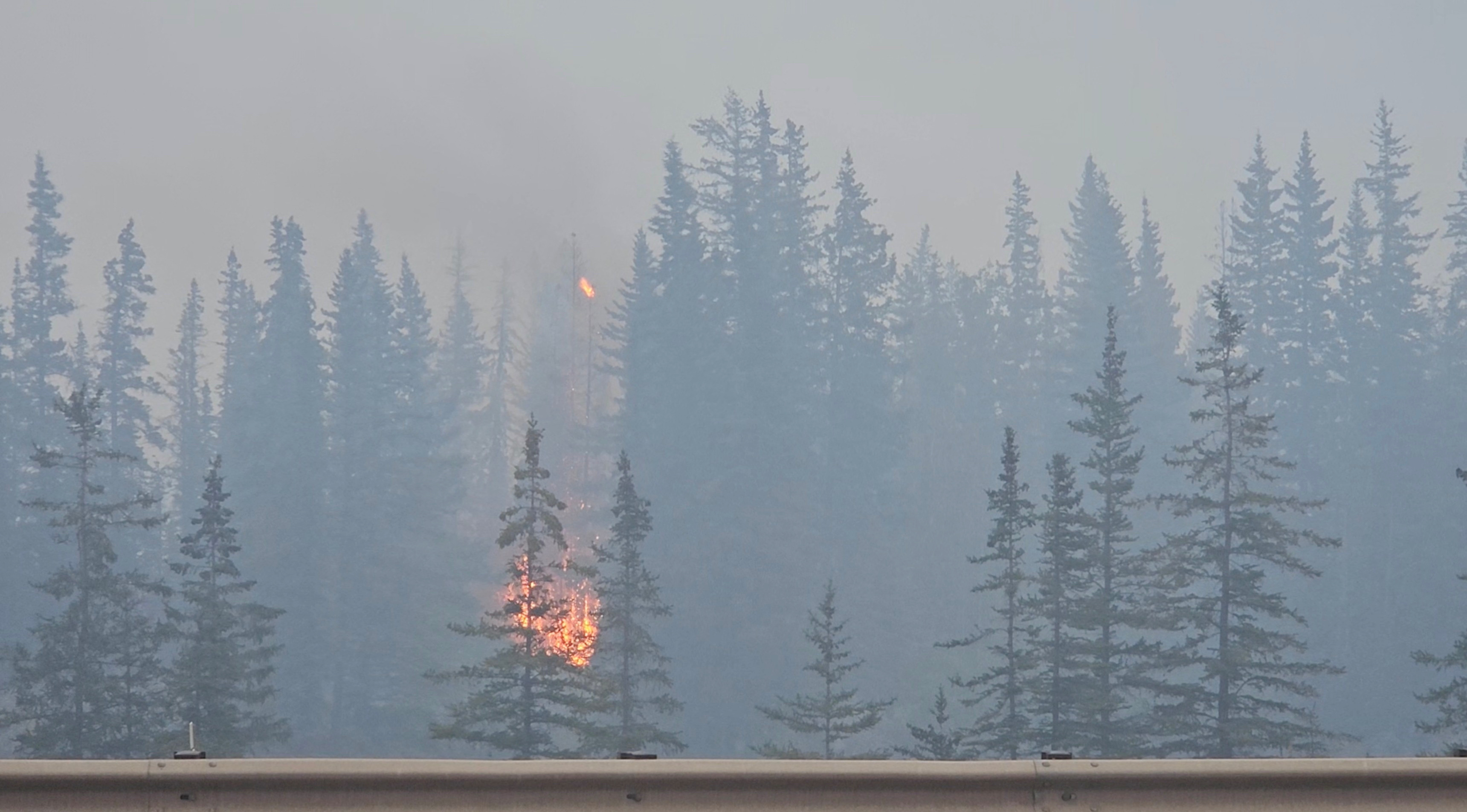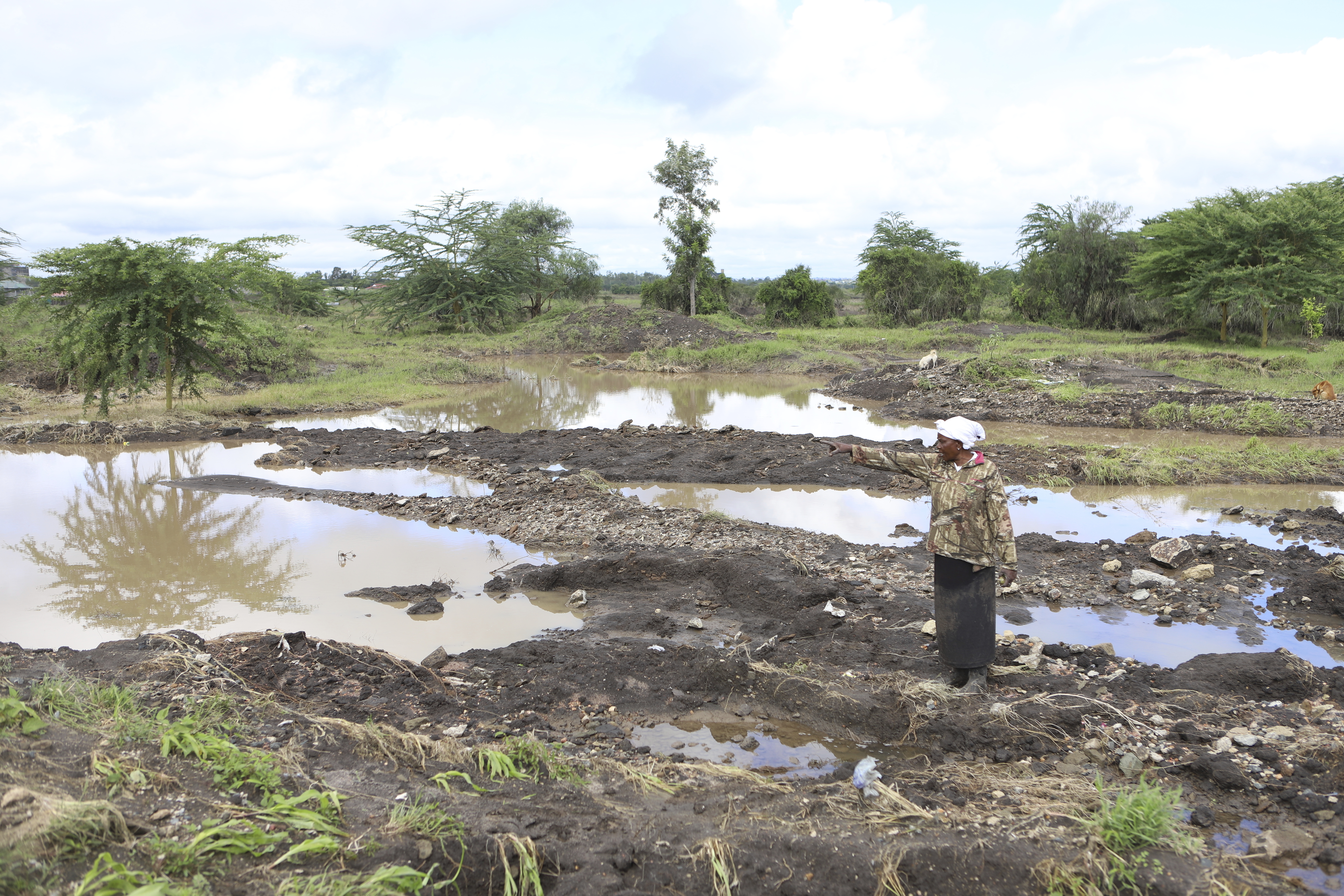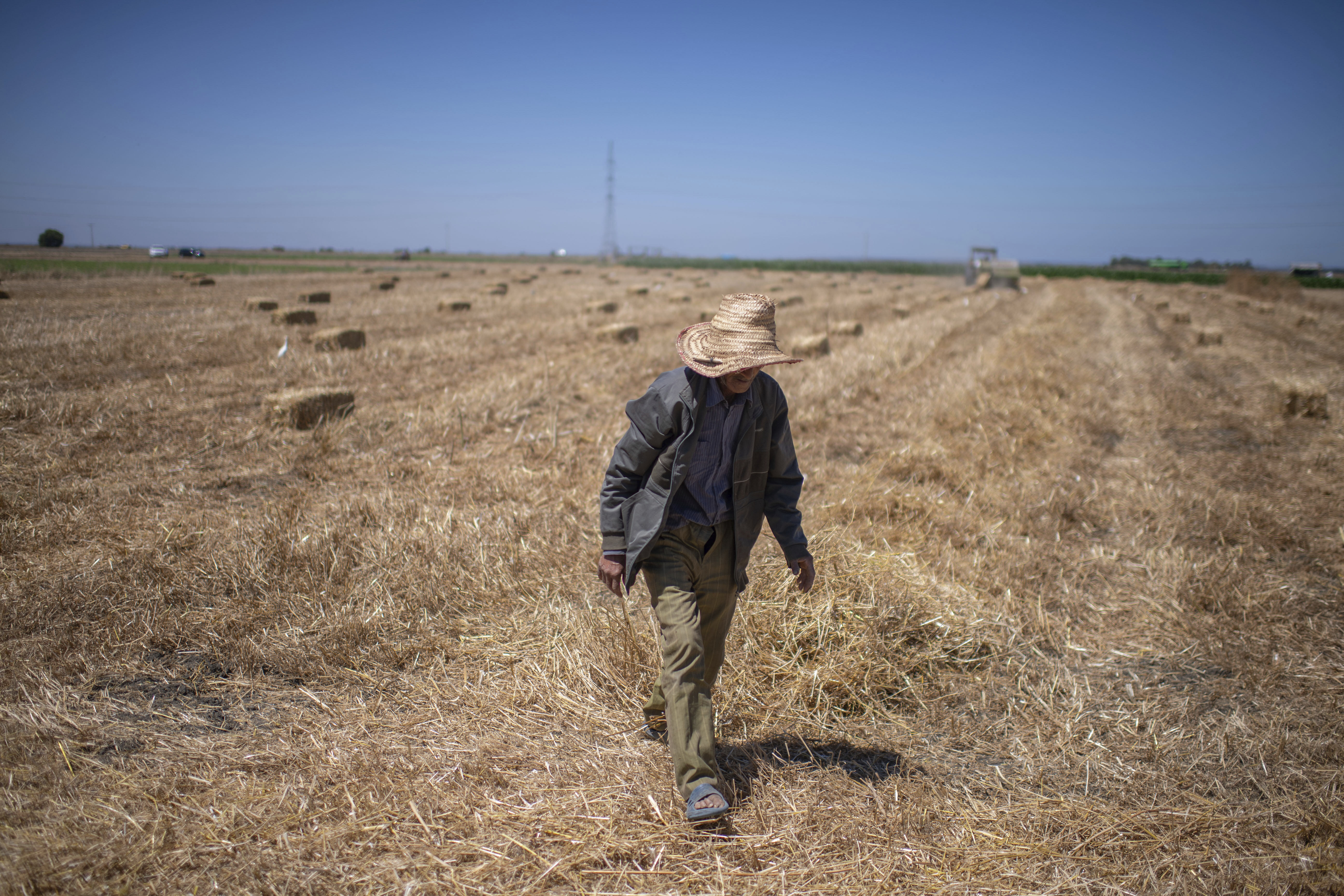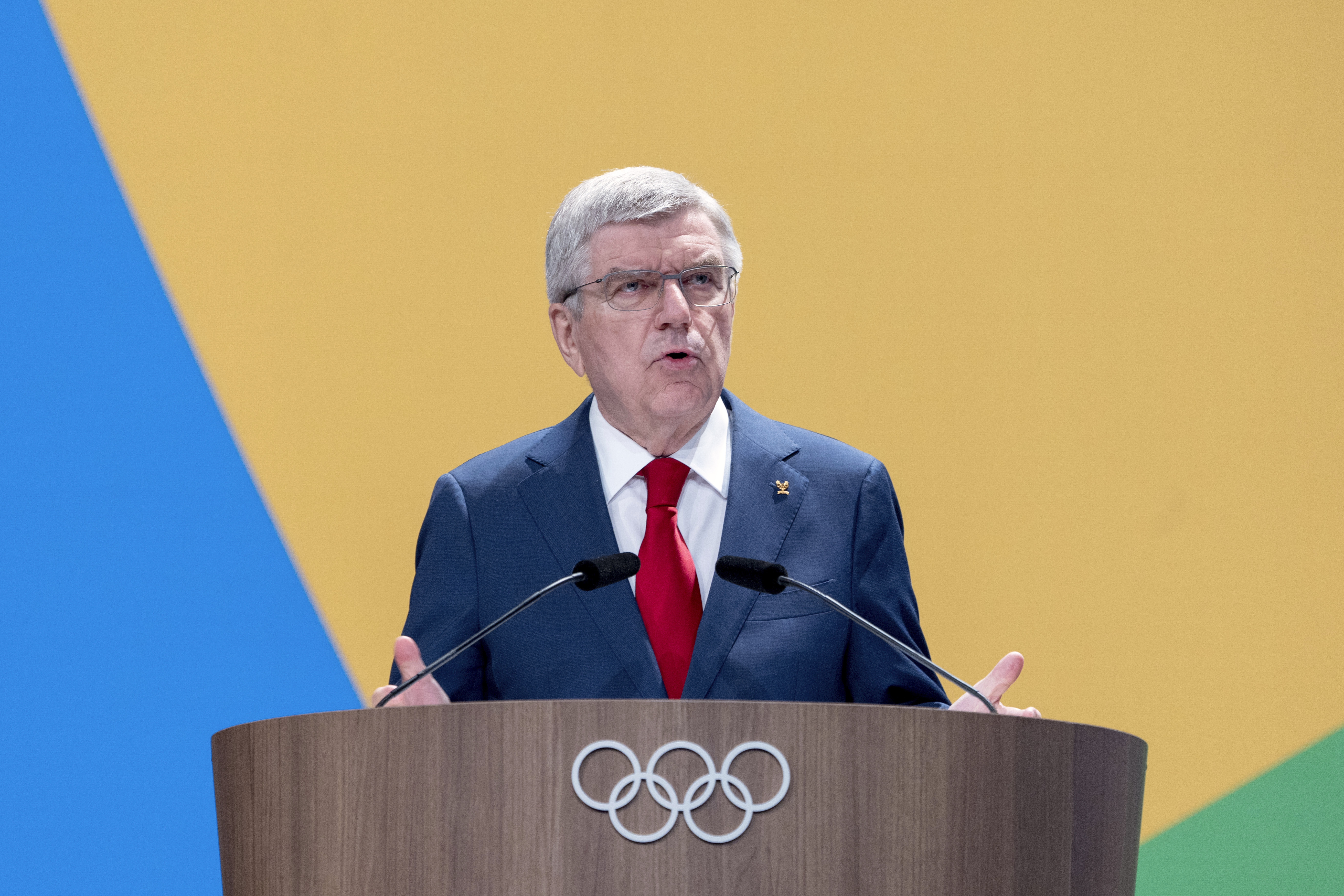London (AFP) – London's Mayor Sadiq Khan on Thursday claimed success for his expanded pollution toll zone for motor vehicles, pointing to a drop in levels of a harmful air pollutant since its controversial introduction.
Issued on: 25/07/2024 -

London's ULEZ mirrors similar low-emission zones to improve air quality in more than 200 cities in 10 countries across Europe
© JUSTIN TALLIS / AFP
Levels of nitrogen oxides from cars were 13 percent lower than they would have been had the widened pollution charging scheme not been introduced, according to a City Hall report.
For vans the figure was seven percent.
Khan's expanded scheme mirrored similar low-emission zones to improve air quality in more than 200 cities in 10 countries across Europe.
For both vans and cars, the reduction in nitrogen oxide levels was the equivalent to removing 200,000 cars from the road for one year, according to the report, which covers the first six months of the expansion.
Khan faced a fierce backlash to his Ultra-Low Emission Zone (ULEZ) scheme when he expanded it to areas of outer London last August.
The mayor, who won a third term of office in May, said the findings of the report vindicated his initiative.
"Today's report shows that the ULEZ is working even better than expected. The expansion to outer London is already having a significant effect -- driving down levels of pollution, taking old polluting cars off our roads and bringing cleaner air to millions more Londoners," he said.
First introduced in inner London in 2019 and separate from the two-decades-old congestion charge, ULEZ requires drivers of the most polluting vehicles to pay £12.50 ($16) on days they are on the road.
They face fines of up to £180 for each day they fail to pay.
The expansion infuriated opponents who argued that outer London was not well enough served by public transport and that it was wrong to put extra costs on drivers at a time when many were battling a cost of living crisis.
Khan, a Labour politician, also welcomed the new environmental policies of the Labour government elected earlier this month in a landslide victory over the Conservatives.
"The ambition of this government to double the amount of onshore wind, to triple the amount of solar, to quadruple the amount of offshore wind, is so exciting," Khan said.
"They've done more in three weeks than the previous government did in eight years," he said.
Questioned about the potential return of Donald Trump, who criticised Khan after he slammed the former US president's travel ban on people from certain Muslim countries, the London mayor said there was some "concern" given his previous actions on the environment.
Trump pulled the United States out of the 2015 Paris climate accord after he was elected president in 2016, only for his successor President Joe Biden to reverse the move.
Khan said that US governors and mayors had nevertheless made "massive progress" between 2016 and 2020 in relation to addressing the climate emergency, "not withstanding what was happening in the White House".
He said he remained confident that this work would continue even if Trump won again in US elections set for November.
© 2024 AFP
Levels of nitrogen oxides from cars were 13 percent lower than they would have been had the widened pollution charging scheme not been introduced, according to a City Hall report.
For vans the figure was seven percent.
Khan's expanded scheme mirrored similar low-emission zones to improve air quality in more than 200 cities in 10 countries across Europe.
For both vans and cars, the reduction in nitrogen oxide levels was the equivalent to removing 200,000 cars from the road for one year, according to the report, which covers the first six months of the expansion.
Khan faced a fierce backlash to his Ultra-Low Emission Zone (ULEZ) scheme when he expanded it to areas of outer London last August.
The mayor, who won a third term of office in May, said the findings of the report vindicated his initiative.
"Today's report shows that the ULEZ is working even better than expected. The expansion to outer London is already having a significant effect -- driving down levels of pollution, taking old polluting cars off our roads and bringing cleaner air to millions more Londoners," he said.
First introduced in inner London in 2019 and separate from the two-decades-old congestion charge, ULEZ requires drivers of the most polluting vehicles to pay £12.50 ($16) on days they are on the road.
They face fines of up to £180 for each day they fail to pay.
The expansion infuriated opponents who argued that outer London was not well enough served by public transport and that it was wrong to put extra costs on drivers at a time when many were battling a cost of living crisis.
Khan, a Labour politician, also welcomed the new environmental policies of the Labour government elected earlier this month in a landslide victory over the Conservatives.
"The ambition of this government to double the amount of onshore wind, to triple the amount of solar, to quadruple the amount of offshore wind, is so exciting," Khan said.
"They've done more in three weeks than the previous government did in eight years," he said.
Questioned about the potential return of Donald Trump, who criticised Khan after he slammed the former US president's travel ban on people from certain Muslim countries, the London mayor said there was some "concern" given his previous actions on the environment.
Trump pulled the United States out of the 2015 Paris climate accord after he was elected president in 2016, only for his successor President Joe Biden to reverse the move.
Khan said that US governors and mayors had nevertheless made "massive progress" between 2016 and 2020 in relation to addressing the climate emergency, "not withstanding what was happening in the White House".
He said he remained confident that this work would continue even if Trump won again in US elections set for November.
© 2024 AFP























